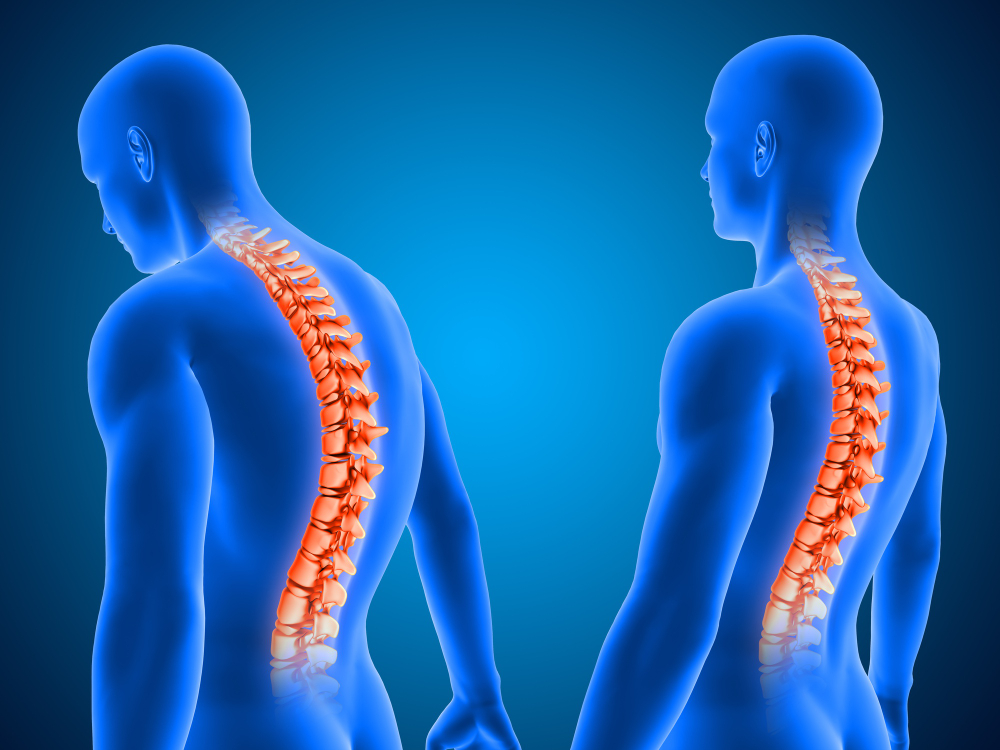Spine Trauma

Spinal trauma refers to injuries that affect the spinal cord or the bones surrounding it, leading to potential permanent changes in bodily functions due to nerve damage. These injuries can result from various causes, including accidents, falls, or penetrating injuries like gunshot wounds.
Causes
- Traumatic blows to the spine causing fractures, dislocations, or compressions.
- Penetrating injuries like gunshot wounds.
- Minor falls or accidents in individuals with underlying spinal weakness or instability from conditions like degenerative spine disease.
Symptoms
The symptoms of spinal cord trauma can vary based on the location and severity of the injury and may include:
Weakness or Paralysis: Loss of strength or function in the arms or legs.
Numbness: Reduced sensation below the level of the injury.
Bowel and Bladder Dysfunction: Difficulty in controlling bowel and bladder functions.
The severity of the injury can be classified as:
Complete Spinal Cord Injury: Total loss of motor and sensory function below the injury level.
Incomplete Spinal Cord Injury: Partial preservation of motor and/or sensory function below the injury level.
Generally, higher-level injuries closer to the base of the skull tend to have worse complications. Incomplete injuries usually have a better prognosis than complete injuries.
Immediate Medical Attention
Anyone experiencing significant head or neck trauma should seek immediate medical evaluation to assess the extent of the spinal injury and prevent further damage.
Treatment
While spinal cord damage is irreversible, current treatments aim to prevent further injury and manage symptoms. This may include:
Medications: To reduce swelling, inflammation, and fluid accumulation.
Surgery: Required to repair broken or dislocated vertebrae and relieve spinal cord compression. Spinal fusion surgery may be performed to stabilize the spine using implants like screws, rods, or plates.
Rehabilitation: Neuro-rehabilitation programs focus on regaining independence and improving the quality of life post-injury. These may include aquatic therapy, community reintegration, peer mentorship, and various therapeutic activities like horticulture, cooking, and ceramics.
Specialized nurses and medical teams collaborate to ensure optimal care, promoting blood circulation to the spinal cord and minimizing potential complications following a spinal cord injury.

